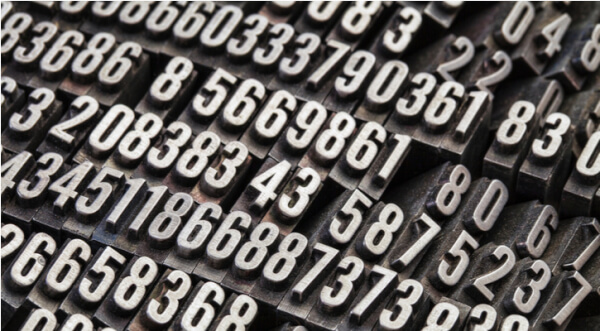How do I transfer money from my U.S. bank account? (Full guide)
If you want to transfer money to your US bank account, but not sure how, you've come to the right place. In this guide, we'll show you the answer.

Anyone spending a considerable amount of time in Chile is going to encounter a couple of important acronyms: RUT and RUN. If you have plans to live or travel long term in Chile, whether as a visitor or an expat, you’ll probably need to acquire a RUT or RUN of your own. But what is a RUT or RUN used for? How do you get one? Why do you need one? These and other questions will be answered in the following guide. Read on to learn what you need to know about getting a RUT or RUN in Chile.
In Chile, you need a RUT or RUN to do a lot of things, including (but not limited to):
It’s possible to live in Chile without a RUT or RUN, but life will certainly be easier if you have one, since they’re required for a fair number of common things.
If you’re an individual, it can be easy to mix up a RUT and a RUN. That’s because for individuals, they’re exactly the same thing.
A RUN (Rol Único Nacional) is a unique identification number given to every Chilean resident, foreign resident, and anyone who stays in Chile on anything other than a tourist visa. RUN numbers are issued by the Civil Registry and Identification Service at the same time that babies are issued birth certificates. If you weren’t born in Chile, you can get one when you apply for a local ID card. For individuals, the RUN number is the same as the RUT number (Rol Único Tributario), which is the individual tax ID number.
Where things can get a little more confusing is for businesses, which all have RUT numbers for tax purposes, but of course, don’t have RUN numbers.
RUT / RUN numbers have eight digits, plus a verification digit, and are generally written in this format: xxxxxxxx-z. Z can be a digit or the letter K, and it’s determined by an algorithm that’s performed on the first eight digits, ensuring that typing mistakes when entering a RUT or RUN number will result in an invalid number. Some example of Chilean RUT / RUN numbers are:
You can check to see if a RUT or RUN number is valid here.
Obtaining a RUT or RUN is not a lot of hard work, but may require a fair bit of attention to detail. You can apply for one on your own if you currently reside in Chile. To do so, you’ll need to do the following:
If you happen to be in the country with a tourist visa and wish to buy a car or an apartment for example, you’ll need a RUT number as well. In this case however, if you do not have a residential address in Chile, you’ll need a local to sponsor you and help you with the applications process.
Sending money to Chile? If you want to move money quickly, safely and without any hidden costs, give Wise a try. Wise allows you to move money at the real mid-market rate - which is the exchange rate you’ll see on Google - without any rate markups, which you may be liable to when you make an international transfer with your bank. All you pay with Transferwise is a small, fair transfer fee that’s spelled out upfront. If you aren’t sure if your bank is giving you a good rate, you can compare rates with the help of an online currency converter.
Wise also offers borderless multi-currency accounts, which allow users to send, receive and manage money in multiple global currencies all at once.
Note: Since 16 January 2020 Wise has suspended registering new businesses from Chile. We are working hard to open registration for business customers again.
Try Wise today and discover the safer, faster and easier way to send money abroad.
Armed with this information, doing business in Chile should be no problem. Safe travels!
*Please see terms of use and product availability for your region or visit Wise fees and pricing for the most up to date pricing and fee information.
This publication is provided for general information purposes and does not constitute legal, tax or other professional advice from Wise Payments Limited or its subsidiaries and its affiliates, and it is not intended as a substitute for obtaining advice from a financial advisor or any other professional.
We make no representations, warranties or guarantees, whether expressed or implied, that the content in the publication is accurate, complete or up to date.

If you want to transfer money to your US bank account, but not sure how, you've come to the right place. In this guide, we'll show you the answer.

What are BSB numbers in banking & how do they work? Do you want to find out more about BSB codes? Read more here.

Your full guide to US banking expressions, from ABA to wire.

Your full guide to what is SWIFT and its meaning in banking.

Sending money abroad should be easy, but there might be some terms you aren't familiar with. So, we'll show you the difference between IBAN vs SWIFT codes.

IOF is a tax on various types of financial transactions in Brazil — including foreign exchange, investments, and credit. It’s levied at a range of rates...